Rubik Cube Exhibition at the Korea Foundation
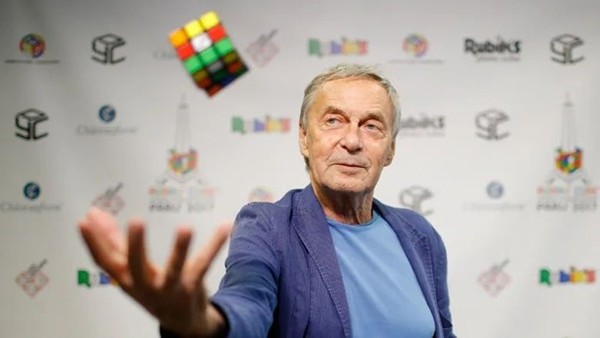
[아츠앤컬쳐] 대부분의 사람들은 살면서 한 번쯤은 루빅스 큐브를 접해 보았을 것이다. 겉보기에는 단순해 보이지만 여러 세대를 사로잡아 온 장난감이다. 루빅스 큐브는 발명 이후 창의성, 혁신, 그리고 지적 호기심의 세계적인 상징으로 자리 잡았다. 수많은 영화, 책, 예술 작품에서 칭송받는 루빅스 큐브는 교육, 수학, 컴퓨터 과학 분야에서 비판적 사고와 문제 해결 능력을 자극하는 도구로 자리매김했다. 루빅스 큐브가 헝가리 문화 유산의 상징이 된 것은 당연한 일이다.
오는 5월 29일부터 8월 12일까지 주한 리스트 헝가리문화원은 한국국제교류재단과 협력하여 에르노 루빅의 풍부한 유산과 그의 획기적인 발명품을 탐구하는 흥미로운 전시 <루빅 80/50: 마법의 50년>을 선보인다. 이번 전시는 모호이-너지 예술디자인대학교(MOME)에서 에르노 루빅 교수의 80세 생일과 루빅스 큐브 발명 50주년을 기념하여 기획한 국제 순회 전시로, 큐브가 만들어진 배경과 그것이 교육, 과학, 예술, 교육, 그리고 대중문화 전반에 미친 영향을 폭넓게 다룬다.
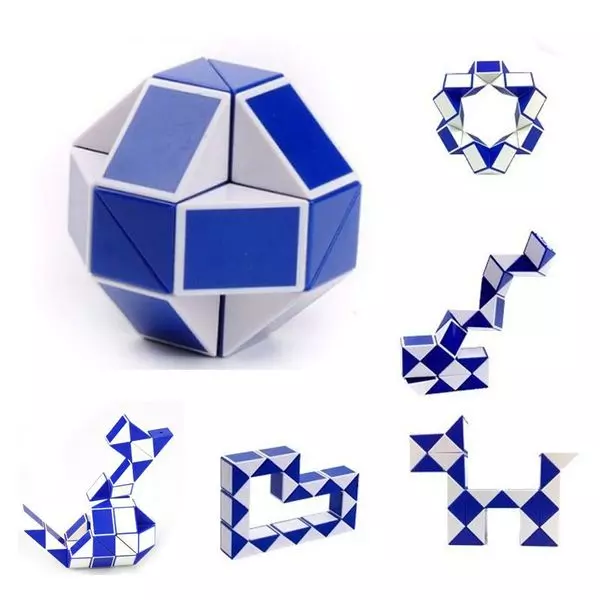
1974년 헝가리 건축가이자 교수인 에르노 루빅은 자신의 강의에서 공간 이동 개념을 설명하기 위한 교육 도구로 이 큐브를 고안했다. 큐브는 강의실에서 시작되었지만, 곧 도전적이고 중독성 있는 퍼즐로 명성을 얻으며 전 세계 사람들의 상상력을 사로잡았다. 퍼즐을 사랑한 루빅 교수는 ‘호기심’, ‘게임’, ‘문제 해결의 즐거움’이라는 인간의 본성을 창의성의 근간으로 보았다. 그에게 퍼즐은 단순한 놀이가 아닌, 인간의 상상력과 사고력을 자극하는 도구였다.
사람들이 잘 모르는 사실은 루빅스 큐브가 그의 유일한 작품이 아니라는 점이다. 그는 이후에도 루빅스 스네이크, 루빅스 도미노, 루빅스 매직, 루빅스 탱글 등 독창적인 게임을 선보였다. 예를 들어, 스네이크는 처음에는 미술 전시장에서 움직이는 조각으로 전시되었고, 도미노는 숫자 개념을 더한 새로운 퍼즐로 인기를 끌었다.
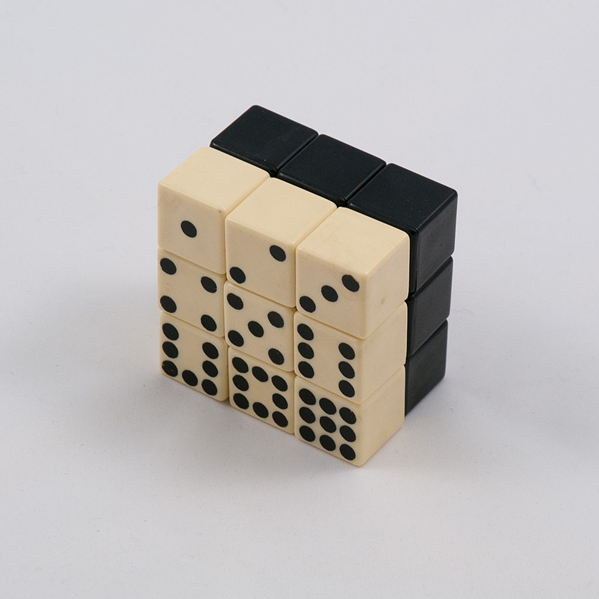
1980년대 초, ‘루빅’이라는 이름은 창의적인 두뇌 게임의 상징이 되었고, 퍼즐 제작자부터 데이비드 싱마스터, 솔로몬 W. 골롬 같은 수학자까지 전 세계의 디자이너와 사상가들은 루빅 큐브에서 영감을 얻어 논리와 창의성을 결합한 퍼즐 게임의 르네상스를 이끌었다. 수십 년 동안 큐브는 복잡성, 독창성, 문제 해결의 강력한 상징으로 자리 잡았으며, 정치 및 경제 담론, 잡지 표지, 영화와 TV 프로그램에 꾸준히 등장했다.
이번 전시는 루빅스 큐브와 그 창조자인 에르노 루빅을 기념하는 동시에 헝가리 창의성의 세계적 영향력을 조명한다. <루빅 80/50: 마법의 50년>은 관람객들에게 큐브를 단순한 장난감이 아닌 문화적 현상, 예술 작품, 그리고 무한한 가능성의 상징으로 재발견하도록 초대한다.
전시 기간: 2025년 5월 29일 ~ 8월 12일
장소: KF 갤러리 (서울특별시 중구 을지로5길 26)

Rubik Cube Exhibition at the Korea Foundation
Most of us have encountered the iconic Rubik’s Cube at some point in our lives—a deceptively simple toy that has captivated minds across generations. Since its invention, the Cube has evolved into a global symbol of creativity, innovation, and intellectual curiosity. Celebrated in countless films, books, and artworks, it has also made its mark in education, mathematics, and computer science as a tool that stimulates critical thinking and problem-solving. It is no wonder that the Rubik’s Cube has become an iconic emblem of Hungary’s cultural heritage.
From May 29 to August 12, the Liszt Institute – Hungarian Cultural Center Seoul, in collaboration with the Korea Foundation, presents “Rubik 80/50: Fifty Years of Magic”, an engaging exhibition that explores the rich legacy of Ernő Rubik and his groundbreaking invention.
Originally designed and curated by the Moholy-Nagy University of Art and Design (MOME) to commemorate the 80th birthday of Ernő Rubik and the 50th anniversary of the Cube, this international traveling exhibition explores the creative roots and the impact of Rubik’s work. Visitors will discover the academic environment that nurtured the Cube’s development, and the global impact it has had on science, art, education, and popular culture.
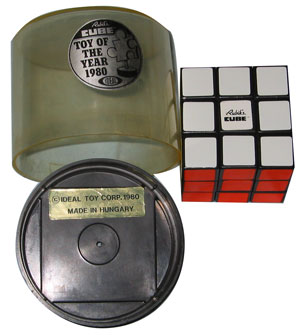
Invented in 1974 by Hungarian architect and professor Ernő Rubik, the Cube was initially created as a teaching tool to illustrate spatial movement during his lectures at MOME. Though it was born in the classroom, it soon gained fame as a challenging and addictive puzzle, capturing the imagination of people around the world.
Rubik, a lifelong enthusiast of puzzles saw them as both a personal joy and a way to nurture fundamental human qualities—curiosity, playfulness, and the drive to solve problems—key elements of creativity.
What many may not know is that the Rubik’s Cube was only the beginning. Rubik went on to design a range of other innovative games, including the Rubik’s Snake, Rubik’s Domino, Rubik’s Magic, and Rubik’s Tangle and so on, each with its own unique logic and visual intrigue. The Snake, for instance, was first exhibited as a kinetic sculpture in a fine art setting, while the Domino introduced a numerical twist to the familiar mechanics of the Cube.
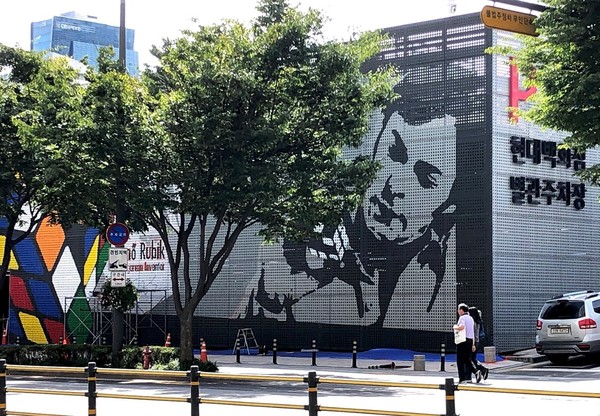
By the early 1980s, "Rubik" had had evolved into a brand representing a new era of smart, engaging entertainment. Designers and thinkers around the world, from puzzle-makers to mathematicians like David Singmaster and Solomon W. Golomb, drew inspiration from Rubik’s creations, contributing to a renaissance of logic-based games and intellectual challenges.
Over the decades, the Cube has remained a powerful symbol—of complexity, ingenuity, and problem-solving: it regularly appears in political and economic discourse, on magazine covers, and in movies and tv shows.
With this exhibition, we celebrate not only the Rubik’s Cube and its enigmatic creator but also the global influence of Hungarian innovation. “Rubik 80/50: Fifty Years of Magic” invites visitors to rediscover the Cube—not just as a toy, but as a cultural phenomenon, a work of art, and a symbol of endless possibility.
Exhibition Dates: May 29 – August 12
Venue: KF Gallery, 26 Euljiro 5 gil, Jung-gu, Seoul

글 ㅣ 루자 카타린 Katalin Ruzsa
주한리스트헝가리문화원 문화사무관
Liszt Institute - Hungarian Cultural Center Seoul


